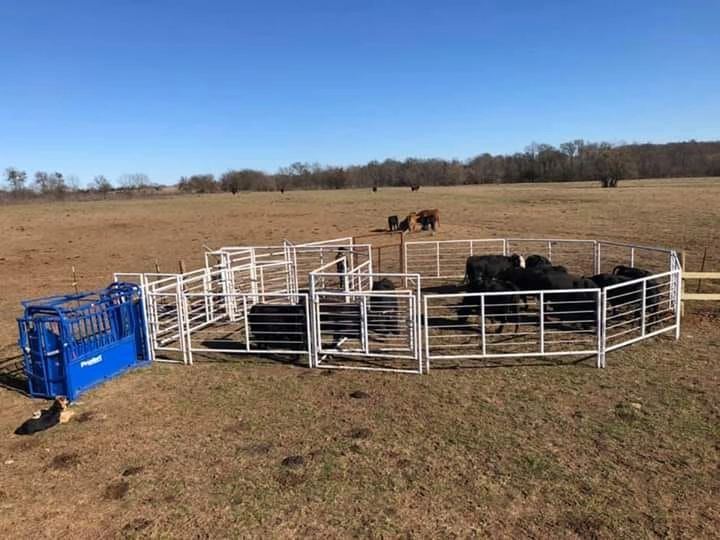Mark Reynolds
Well-known member
- Joined
- May 30, 2023
- Messages
- 851
- Reaction score
- 1,037
Letting the land sit idle for a time will allow the vegetation to recover somewhat to the potential level that the site can support. But, if components required for plant health and vigor have been removed from the site, recovery is limited by that.This is interesting. Some facts and some questions: This property was sitting idle for a long time. Cattle and donkeys have been here for a while (no more cows now). Would a soil test help determine any issue(s)? How does one replace nutrients? What does resting a pasture do -- and for how long should it rest?
Specifically, I'm thinking of nutrients that are taken up by plants that are required for their growth. The easiest ones to talk about are Phosphorous and Potassium, but there are others such as Magnesium (think grass tetany) and calcium. These nutrients/minerals are absorbed and utilized by the vegetation. Left in place, these nutrients get returned to the soil when the vegetation dies or is consumed and returned in the form of manure or urea. When the site/field is hayed, the nutrients/minerals are permanently removed, never to be returned or recycled. The only way to return them is to soil test and apply fertilizer. The nutrients are not replenished by letting the field sit idle. Additionally, grazing the site that is depleted does not replenish the removed nutrients as the grazing is only recycling the nutrients present on the field, not adding them.
Resting a pasture allows plants to recover to the extent the components of the pasture will allow them to. The plants in the pasture carry out photosynthesis which allows them to synthesize carbohydrates or 'plant food' and grow stronger and larger by developing root systems. When a pasture is overgrazed, the carbohydrate stores the plant has accumulated are completely used up ant the plant starts using components of itself to survive (the root system). This results in a plant that is susceptible to all sorts of issues such as drought, vigor loss, decreased production, weed encroachment.
What resting a pasture does NOT do is allow for the 'reappearance' of minerals that have been removed by haying. This removal of minerals and not returning them is what I was referring to as mining the hay ground. To return them, you must fertilize. Haying fields or allowing them to be hayed isn't quite passive income in my book. There is a cost to it.
Pastures are best rested when a rotational grazing system is implemented. On that note, rotational grazing has set goals and objectives that require certain steps or management measures. There is a bit more to it than 'randomly' moving livestock from one pasture to another. Find my 'Never Fail Rules of Grazing' on other threads here. These are for 'tame' grasses. Native bunchgrass pastures require a different management approach than this. One planning strategy will not fit all pastures to the point that every grazing operation requires a different, tailored management system.
Last edited:


